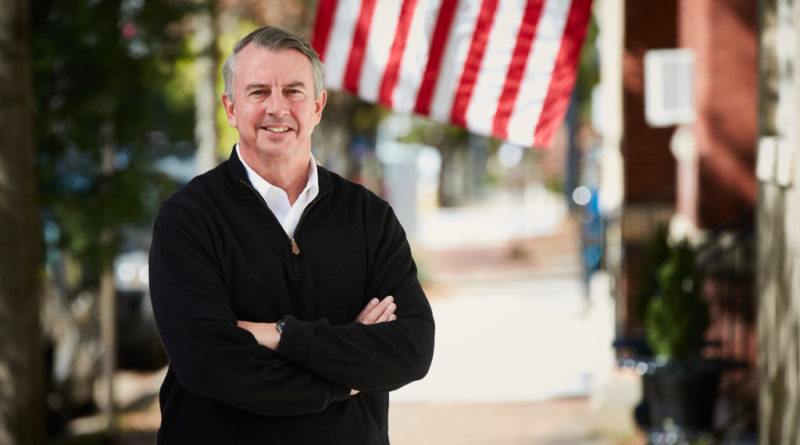All Eyes on Ed Gillespie in Virginia
There is no denying the number of days to victory are dwindling quickly in Virginia’s governor’s race. While most candidates, pundits, and politicos have already set their sights on 2018, Virginians are preparing to head to the polls on November 7th to cast their ballot for Governor.
Virginia is one of two states electing a governor this year, and the election, a match up in the commonwealth, is anything but a runaway. Virginia Lt. Governor, Democrat Ralph Northam, and Republican Ed Gillespie are running a tight race against each other. According to the latest round of polling by the Wason Center for Public Policy at Christopher Newport University, Northam leads Gillespie 49 to 42. However, Gillespie is no stranger to running close races; in 2014 Gillespie ran for United States Senator and nearly beat incumbent Democratic Senator Mark Warner.
Earlier this month, in an attempt to help Gillespie, President Trump waded into the governor’s race, tweeting that Northam was “fighting for the violent MS-13 killer gangs and sanctuary cities” and urging people to support Gillespie. It remains to be seen if Trump will help or hurt Gillespie as the president’s overall approval rating in the commonwealth hovers around 35%.
For the average voter, the race to the Governor’s Mansion is nothing more than Republican versus Democrat. However, Virginia’s gubernatorial election is so much more. The governor’s race in the Old Dominion state will serve as a referendum on Trump’s first year in office, and depending on the outcome, may force the Democrats to change their 2018 campaign plan of tying every Republican candidate to Trump.
In 2016, Hillary Clinton kept Virginia blue by winning all 13 electoral votes. The last time Republicans won a gubernatorial race was in 2009, when Bob McDonnell defeated Democratic State Senator Creigh Deeds by a 17-point margin. Overall, Virginia has stayed blue due to voters in the northern part of the commonwealth, while the western part has remained a Republican stronghold.
For both sides of the aisle, the election results of Virginia’s race will no doubt serve as a preview of what may come in 2018 both locally and on a national scale. Even though Trump has weighed in on other off year races, Virginia is the first true swing state and will test the president’s political strength. Currently, 51% of Northam voters say Trump plays into their choice for governor, while 72 percent of Gillespie voters say he does not. Among independents, 78 percent say the president is not a factor.
With polling numbers showing a close race, Gillespie will have to work hard to increase momentum and rally voters to show up on Election day. Low voter turnout is one of the biggest concerns facing both candidates in the 2017 election, because Virginia holds voting on an off year.
While neither Northam nor Gillespie are political newcomers, they seem perfectly willing to be less than controversial. Some pundits would consider the Virginia election a bell whether for the Congressional mid terms next year – and they are; however, the 2017 cycle in Virginia has been more of a look into the direction of both parties in the Trump Realignment.
One can expect turnout to be in the low 40s. Privately, Virginia Democrats tell me that they are not that turned on by their nominee and the Republican Gillespie does present any real danger to them having run a very Bob McDonnell like campaign. The dynamics in Virginia point to a Democratic sweep, but according to my Magic 8ball, the outlook isn’t so good.

